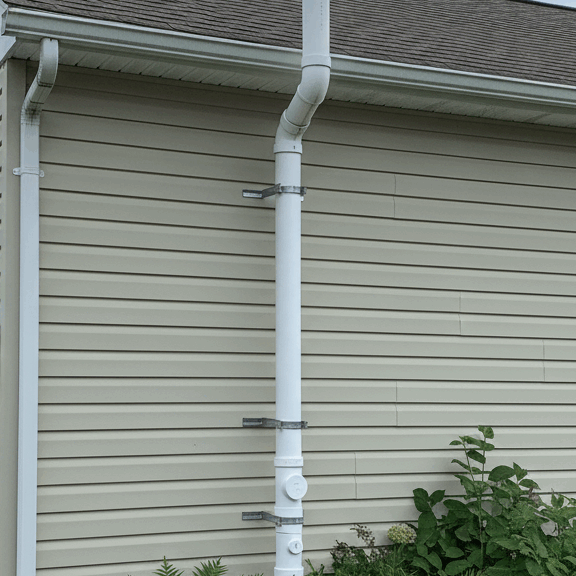Why Radon Mitigation is Essential
Long-term exposure to radon significantly increases lung cancer risk.
Sub-slab depressurization (the most common method) reduces radon levels by up to 99%.
Indiana homes frequently exceed safe levels — even newer, well-built houses.
Ongoing monitoring and maintenance ensure lasting protection.
Radon has no smell, taste, or color, so only testing reveals the problem.
Our Radon Mitigation Process
01
Testing & evaluation
We perform radon testing to determine baseline levels in your home.
02
System design
Based on foundation type (basement, crawlspace, slab-on-grade), we design a customized mitigation system.
03
Installation
Typically involves drilling a suction point through the slab or crawlspace liner, then connecting piping to a vent fan that exhausts radon above the roofline.
04
Sealing & finishing
Cracks, sump pits, and penetrations are sealed to reduce radon entry.
05
Post-mitigation testing
We confirm radon levels are reduced below the EPA guideline.
06
Maintenance & monitoring
Offer ongoing inspections, fan replacement when needed, and continuous monitoring options.
Local Use Cases
System Types
SYTEM TYPE
DESCRIPTION
BEST USE CASE
Sub-Slab Depressurization
Fan draws radon from under foundation and vents above roof
Most common for basements/slabs
Crawlspace Depressurization
Crawlspace sealed with liner, radon vented out
Homes with crawlspaces
Sump Pit Integration
Sump pit sealed and connected to vent
Homes with sump systems
Roof-Mount
Non-fan vent system (in new builds)
New construction or low-level radon homes
Cost & ROI

